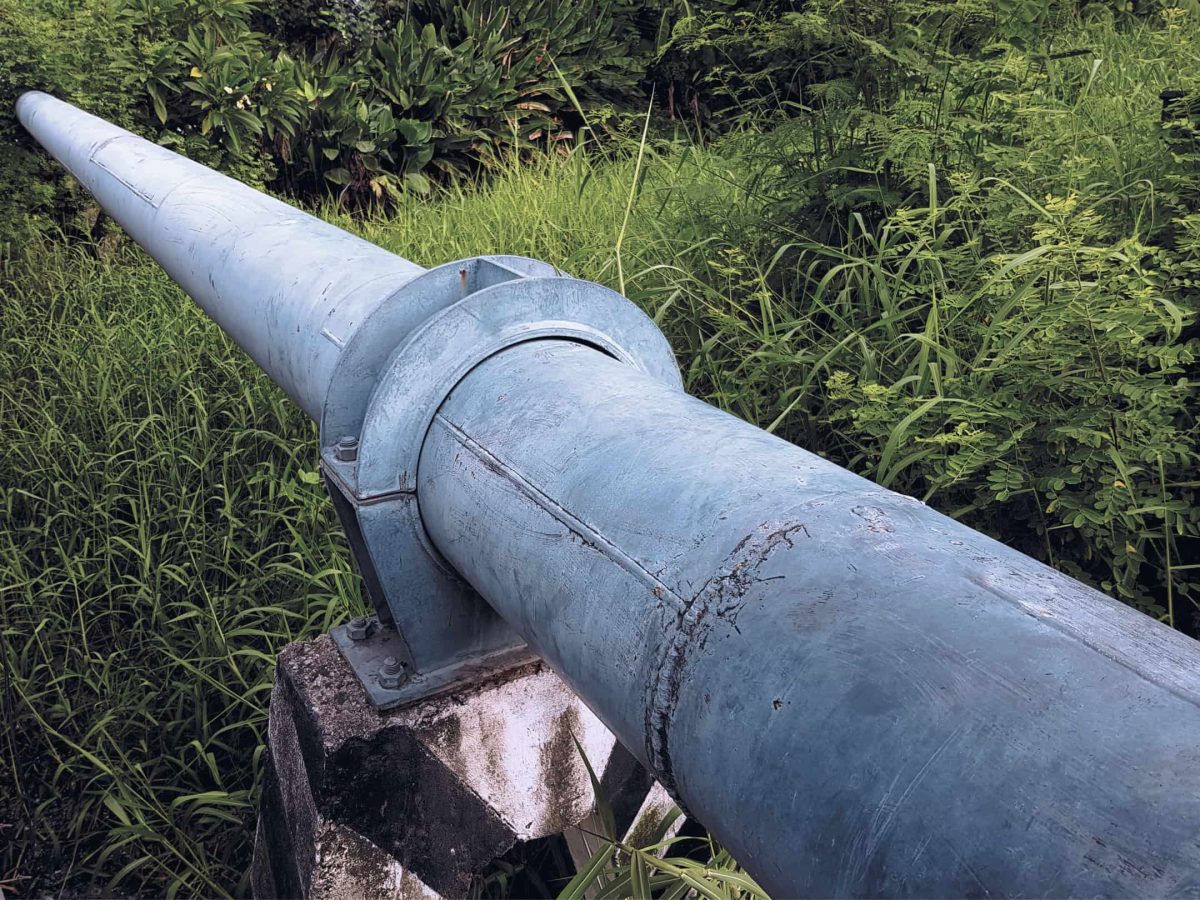The Future of Water Infrastructure: Self-Healing Coatings

Posted on April 29, 2025 by Brent Phillips
Water infrastructure—pipelines, storage tanks, and treatment plants—faces relentless challenges from corrosion, leaks, and environmental wear. Traditional coatings offer protection, but damage can quickly compromise their integrity. Enter the innovative self-healing coatings: a breakthrough technology poised to revolutionize how we maintain and extend the life of our water systems.
What Are Self-Healing Coatings?
Self-healing coatings are advanced materials designed to repair minor damage autonomously, such as scratches from abrasive particles or microcracks caused by stress, that occur during use. These coatings mimic biological healing processes, using either embedded microcapsules filled with healing agents (extrinsic) or dynamic chemical bonds within the coating itself (intrinsic) to restore their protective function after damage.
How Do Self-Healing Coatings Work?
There are two primary mechanisms by which self-healing coatings operate:
- Extrinsic Self-Healing: Microcapsules or containers embedded in the coating release healing agents when ruptured by damage. These agents flow into the defect and polymerize, sealing cracks and preventing water ingress.
- Intrinsic Self-Healing: The coating’s polymer matrix contains reversible chemical bonds that can reform after breaking, often triggered by external stimuli like heat, UV light, or moisture.
This dual approach allows for tailored solutions depending on the specific requirements of water infrastructure applications.
Advantages of Water Infrastructure
The adoption of self-healing coatings in water systems offers several compelling benefits:
- Extended Service Life: By autonomously repairing minor damage, these coatings significantly reduce the frequency of maintenance and replacement.
- Enhanced Corrosion Protection: Self-healing coatings can prevent moisture and contaminants from reaching the underlying metal, a critical factor in preventing corrosion.
- Reduced Downtime: Automated repair minimizes the need for disruptive manual inspections and repairs.
- Sustainability Infrastructure: Longer-lasting means fewer resources spent on repairs and replacements, aligning with sustainability goals.
Recent Innovations and Research
Recent research funded by the U.S. National Science Foundation highlights the development of ultrathin, water-resistant self-healing coatings using advanced polymers. These coatings can be applied in nanolayers to metals commonly used in water infrastructure, such as steel and aluminum. The dynamic bonds in these materials allow them to recycle and reprocess themselves, healing scratches and preventing the growth of pinholes that could lead to leaks or corrosion.
Considerations for Implementation
When considering self-healing coatings for water infrastructure, utilities and contractors should evaluate the following:
- Compatibility with Substrates: Ensure the coating adheres well to steel, concrete, or copper materials.
- Activation Method: Choose coatings that heal autonomously or require external triggers, such as heat or moisture, to initiate the repair process. These triggers can be controlled to ensure repairs occur at the most convenient times, reducing downtime and disruption.
- Environmental Conditions: Select formulations optimized for wet, submerged, or variable environments.
- Regulatory Compliance: Confirm the coating meets local and federal standards for potable water safety and environmental impact.
Checklist for selecting self-healing coatings:
- Substrate compatibility (e.g., steel, concrete)
- Healing mechanism (extrinsic vs. intrinsic)
- Environmental resistance (corrosion, UV, abrasion)
- Maintenance and inspection requirements
- Regulatory approvals
Transformative Impacts of Self-Healing Coatings
Self-healing coatings represent a transformative step forward for water infrastructure. By autonomously repairing damage, these innovative materials extend asset life, reduce maintenance costs, and enhance sustainability.
As research progresses and companies like Cunningham Sandblasting & Painting Co. explore these innovations, the future of water infrastructure looks more resilient than ever. Although self-healing coatings are still an emerging technology in water infrastructure, Cunningham will continue to follow the growth in this area of protective coatings.